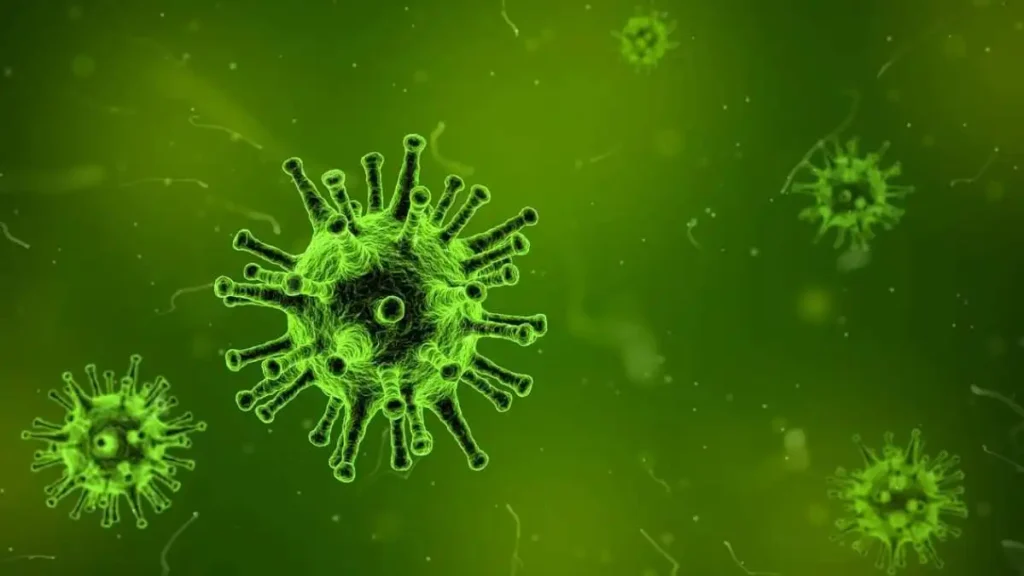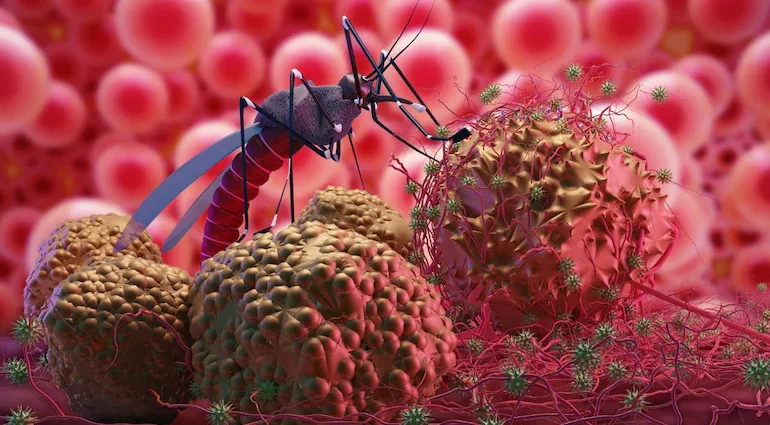Chandipura Virus : The most recent additions, the state’s total number of confirmed and suspected infections has increased to 84, while the number of fatalities has increased to 32.
Gujarat’s state health department said on Sunday that there were five fatalities and thirteen new suspected Chandipura virus cases.

With the most recent additions, the state’s total number of confirmed and suspected infections has increased to 84, while the number of fatalities has increased to 32.
Ahmedabad (2 infections), Aravalli (2), Banaskantha (2), Surendranagar (1), Gandhinagar (1), Kheda (1), Mehsana (1), Narmada (1), Vadodara (1), and Rajkot (1) were the locations of newly reported suspected cases.
The state health department released a statement identifying the five suspected deaths linked to the Chandipura virus: one each from Mahisagar, Kheda, and Vadodara, and two from Banaskantha.
According to the statement, the government has started a number of initiatives to control the viral infection spread by vectors like sandflies, ticks, and mosquitoes.

The National Institute of Virology (NIV), situated in Pune, verified nine Chandipura virus cases from Gujarat on Saturday.
The health department said on Sunday that there were no newly confirmed cases in the state and that samples from all suspected cases had been sent to the NIV for analysis.
Following the first Chandipura virus fatality in Gujarat on Wednesday, the state health department issued orders for daily local monitoring and supervision in an effort to identify possible infections and contain the disease.
According to the statement, teams from the health department have sprayed powder in 1.16 lakh homes in affected areas and performed surveillance in about 19,000 households.

It stated that a rapid response team is looking into each and every case, and that individuals should use personal protective equipment.
The Chandipura virus causes fever, which resembles flu-like symptoms, as well as acute encephalitis, which is an inflammation of the brain. The pathogen belongs to the Rhabdoviridae family’s Vesiculovirus genus. Vectors such as sandflies, ticks, and mosquitoes spread it.
In Andhra Pradesh and Gujarat, where the outbreaks occurred in 2003–2004, case fatality rates with typical encephalitic symptoms ranged from 56–75%.
Notably, on Friday, the cases of Acute Encephalitis syndrome and Chandipura virus in Gujarat, Rajasthan, and Madhya Pradesh were reviewed by experts and the Union Health Ministry.
Read also : 10 cancer symptoms: Women shouldn’t ignore











